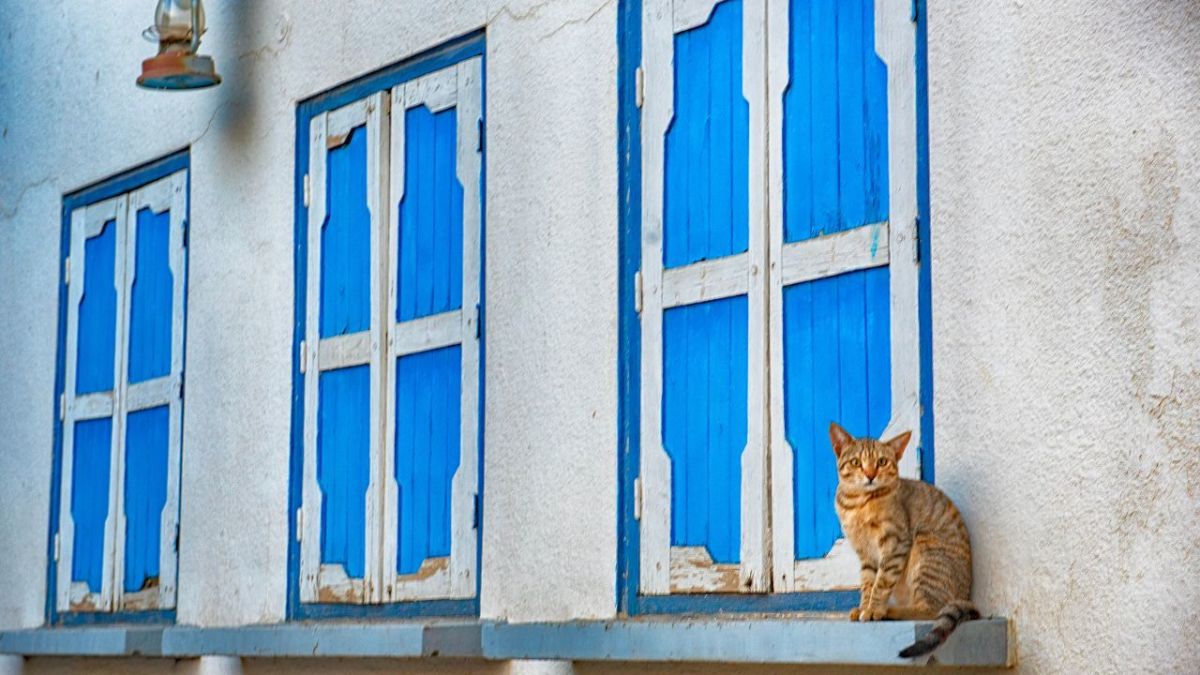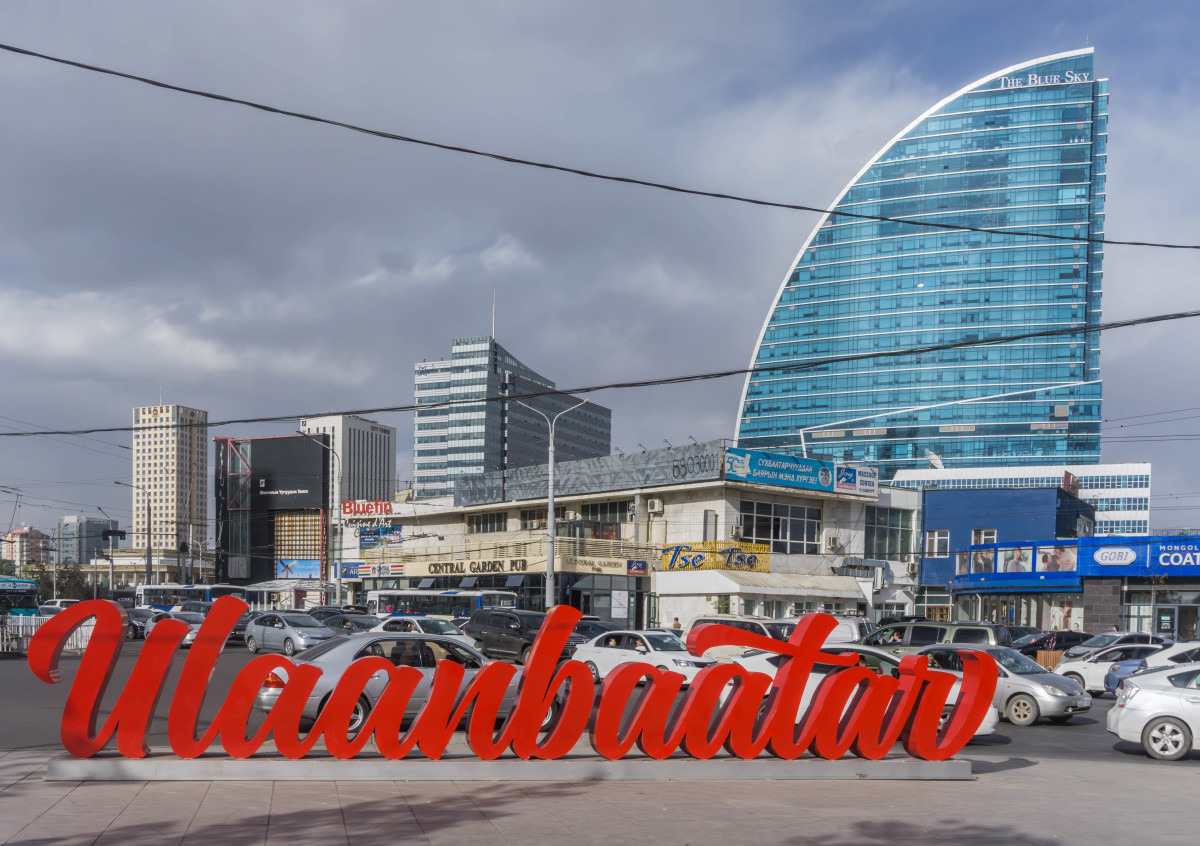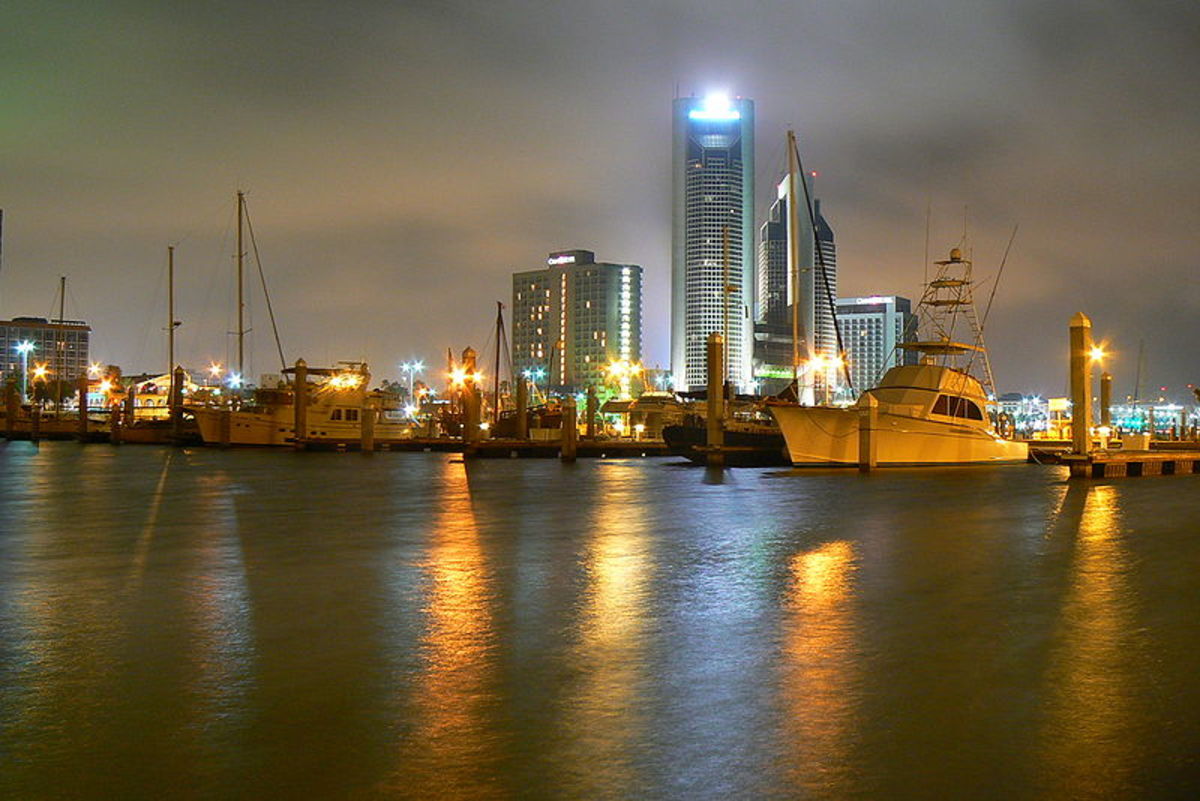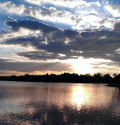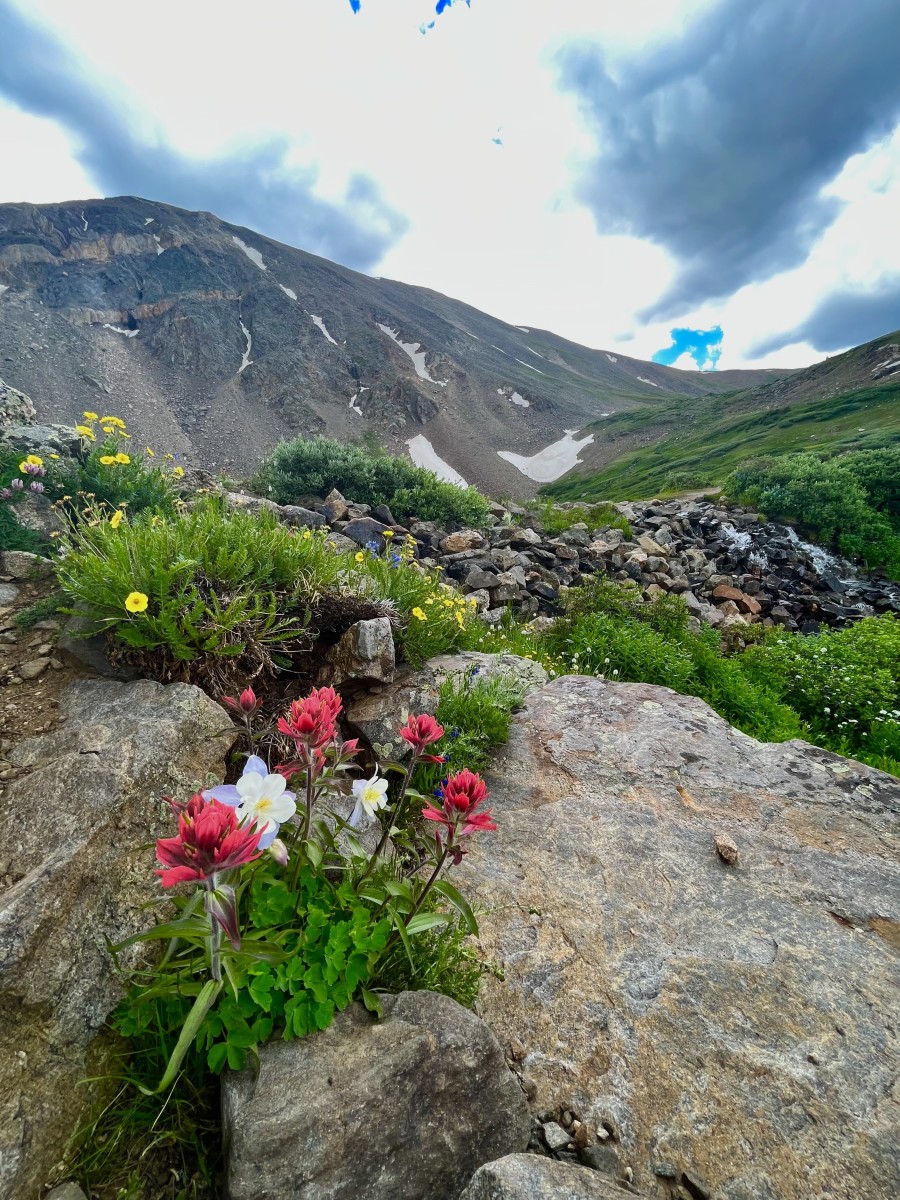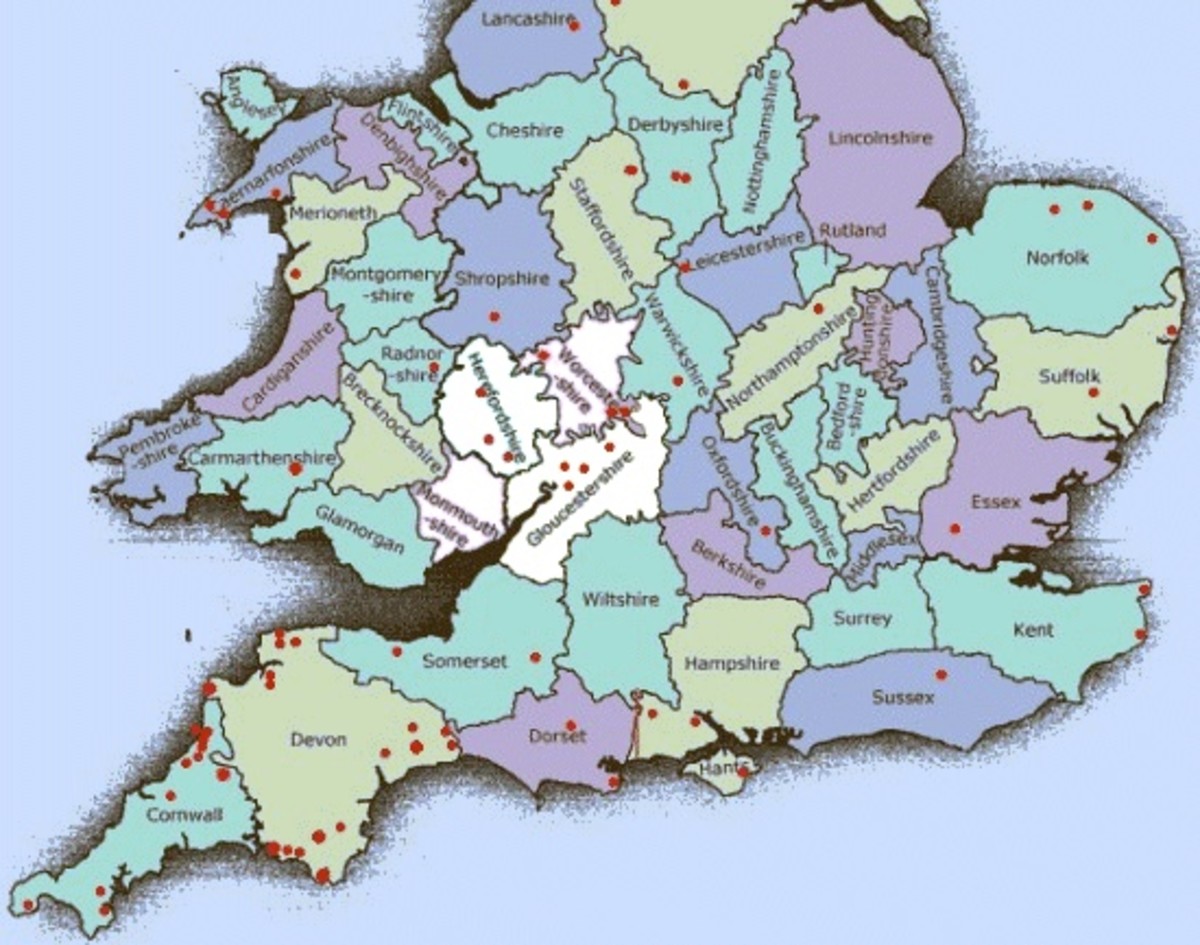A Dead Quite Neigbourhood in a Busy City
You could almost smell its culture, inhaling in your lungs and letting it out with your heart pounding as you move through its alleyways, narrow streets and tight corners. It's the land of novelists and art critics, of the elite and the ordinary, deeply civilizational, protective of its identity and architectural homogeneity from the rough-and-tumble sweeps of modernization.
Jabal Luwiebdeh is a self-made cosmopolitan, pulsating in the heart of Amman. It's at the tip of the downtown, merging neatly with Al Abdalli, Jabal Amman and looking towards the east.
The distance between them is short, an extension of the cranked hiatus of screaming cars and commotion of city life, yet the Jabal is a blotted whisper, continually snoozing. You can walk in it, day and night, and be endowed with a perpetual air of surreal serenity. It is a distinct Luweibdeh, on its own, a self-sufficient plot away from its mother capital.
It is simply a neat place, neither modern nor archaic but enveloped today's culture in its womb. While heeding to the ways of the modern times, to the roads, schools and modern shops, it has preserved a quaint elegance through its illustrious architecture that belongs to the 1930s, 40s, 50s and 1960s.
It's quite markets, and service facilities blend in well with its hilly terrain of majestic villas, manor-like houses, as they once were, and apartment blocs, reflecting an intertwining social structure.
These are intermeshed with a host of IT companies, learning centers, engineering firms, consultancies as well as the Italian and Pakistani embassies with all their diplomatic regalia. People, especially the young—yuppies of Amman, some of the newly-weds as well as a host of foreigners—continue to like living in Luwiebdeh.
Jabal Luwibdeh mellowed into a hunting ground for professionals, intellectuals, artists, painters, writers and party activists. This mélange is partly the result of the social development which the Jabal witnessed over the decades and as a result of the nationalistic and pan-Arabist infusion which Jordan witnessed from the 1940s onwards.
A 1931 map of Amman shows there was a major water reservoir in Jabal Al Luwiebdeh, presumably to serve the town of Amman. In his Thakerat Al Madinah ( Memory of a City), Mohammad Rafeeh refers to Luweibdeh as well as new Amman neighborhood areas and not as part of the old city. They were too far away from the town, he adds.
He says these areas were characterized by their stone houses that were expensive but beautiful at the same time. This also shows that these areas were being occupied by the wealthy and professional classes that came to serve in the burgeoning administration of the Emirate of Transjordan. Through his study of leases, Rafeeh shows that landlords were letting out their property to some of these people.
As the neighborhoods of Amman expanded, so did the elite of Luwiebdeh move further into new areas, and hence the Jabal became increasingly populated by the lower and middle classes.
But its architectural terrain continues to be preserved by its string of tiny shops, small Shawrma places, falafel restaurants and souvenir shops that sell trinkets of yesteryear Amman.
In one shop just somewhat behind the post office, I was surprised to find few books on Kuwait written by HRP Dickson, the British Political Agent stationed in Kuwait in the 1930s and 1940s.
Such scattered books add to the cultural aroma of the Jabal that is underpinned by the Jordan National Gallery, Jordan Writers Association and Darat Al Funun which is minutes away from the downtown area. They underpin the cultural and artistic character of Luwiebdeh.
Darat Al Funun has been recreated from a set of old houses speaking abound about a bygone age, an age of pan-Arab politics. One of its three houses, was once the residence of Sulieman Al Nabulsi, a leading nationalist and one of the Prime Ministers of the Kingdom in the 1950s.
If you look at the horizons from the Darat, the skyline of the downtown area is vividly depicted, displaying the capital's eastern neighborhoods of Jabal Al Joufeh and Al Ashrafiyah gazing at you like rugged boxes. Further up, and within an eyeshot, a just clear miniature version of the Abu Darwish Mosque stands in a Zebra form as another cultural trait of Amman.
With the downtown area, these make up traditional Amman as it developed, part of a lamentable age different from the more up-market Shmeisani, Rabiya, Abdoun, and even Jabal Al Hussein, where the flavor of the past has given way to the artificial presence of today.
The traditional is still depicted by many. Take one painting by Sabah Al Hadidi who resided in Amman for most of the 1990s. On canvas, he simply decided to paint a picturesque view of minerates, church-bells and other buildings to reflect the cosmopolitan character of Amman against a skyline of yellow and brown.
The painting is brushed in a simple style, carrying many hidden meanings. "As an artist, this is my depiction of Amman, this is the way I see it, taking the reality and depicting it on paper," he says. "The initial message is of a dialogue of faith and cultural togetherness, but it is also about the how people live in these rugged flats and houses." It’s a view widely reflected from Darat Al Funun.
Almost at the other end of Luwibdeh stands the National Gallery that has also built an impressive reputation for encouraging the arts in Jordan and like the Darat does its best to provide an intrinsic link with the rest of the Arab world and internationally. It does this by having a permanent exhibition and invites artists to shown their artistic installations from which ever part of the globe they happen to be in.
Outside the Gallery is a public park that has been spruced up to laze the afternoon way. Courting couples are often seen in the park deeply immersed in quite conversation under the shade of trees.
The Gallery and the Darat are halfway between the Jordan Writers Association. It is here were Jordan's intellectual brass congregate, of novelists, poets and essayists, relatively rich and poor meet to discuss their plight, and the deteriorating conditions of the Arab world.
Jordanian novelists like Fakhri Qawar and the late Munis Al Razzaz would wile their time discussing the great issues of the day, like American unilateral hegemony after the 1991 war on Iraq when Baghdad invaded Kuwait and normalization with Israel.
Al Razzaz, loved Luweibdeh, he would frequently make his way to the tables of the Association with a falafel sandwich in one hand and pen in the other, scribbling his latest phantasmal novel or his columns.
A giant of a man, Al Razzaz, was a lone breed. His Arab nationalistic ideas and Baathists credentials were translated into on-going productions of narratives in the form of books or newspapers.
A long time party activist, whose father Munif Al Razzaz was a Baath ideologue, Al Razzaz believed in the idea of "one Arab nation" and suffered a fatal psychological blow after the war on Iraq in 1991.
For him Luwiebdeh and the Association were a mantle escape from the tediousness of Arab politics, and hence the Jabal had a soothing effect that in many ways was represented by the configuration of religions, of mosques and churches, of Muslims and Christians.
The latest superimposition on Luwiebdeh is the recently hoisted Paris Square on the Jabal's roundabout. It's just beyond the French Cultural Center, and Café de' Paris, given the area an interactive global feel.

